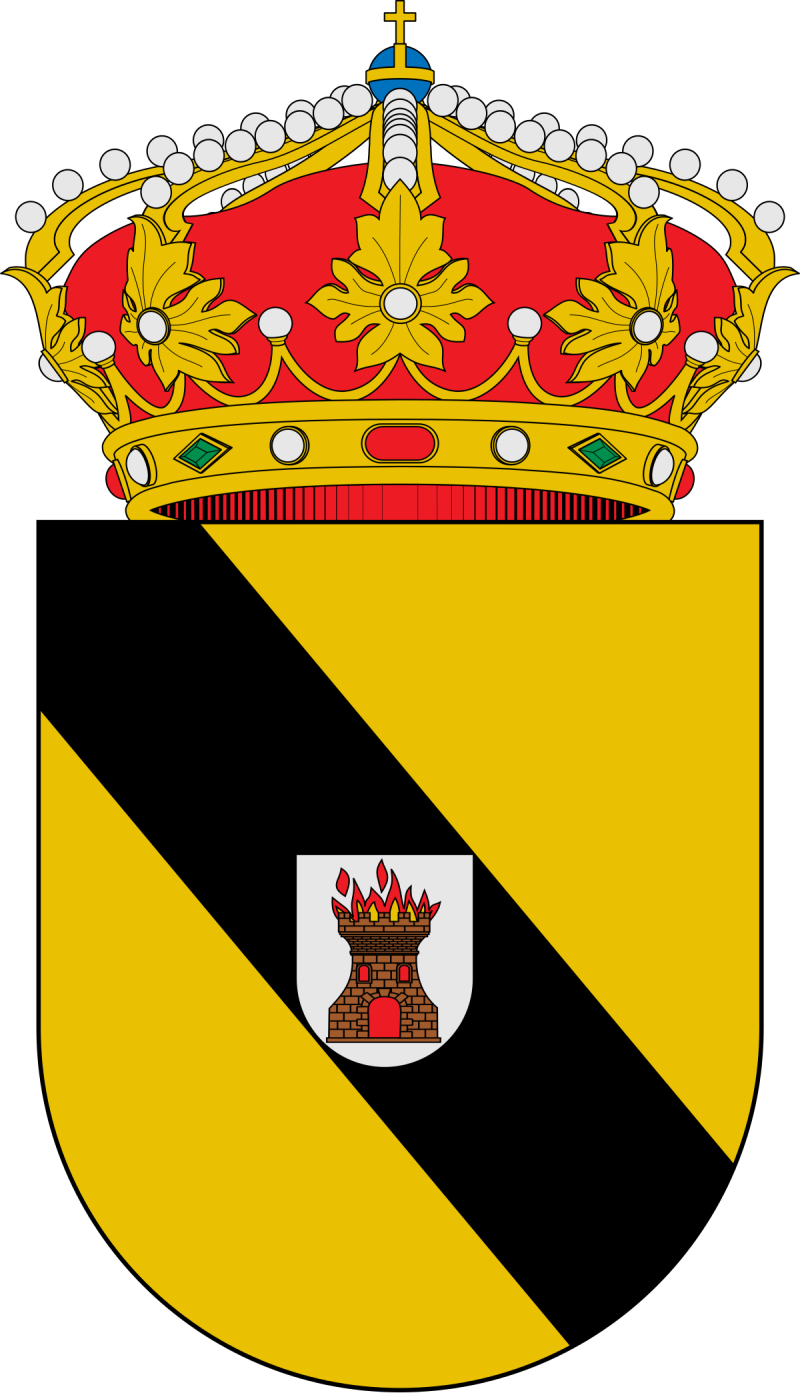Traditional Torquemada Winery
Zarcera
The element of the skirting, chimneys and unloaders. These are the ventilation ducts of the cellars. Their shape is usually truncated cone-shaped, rising from the roof of the cellar and reaching the outside, where they emerge from the ceiling with a construction. They are responsible for creating a current of air inside the cellar. The dry, cold air enters through the latticed door, and the hot, humid air, which weighs less, exits through these ducts. They are also used to expel the carbon dioxide, or stench, produced by the fermentation of the must.
Pylon
Counterweight of the beam that drives the press of the press of Lagar
Wort Cock
The must pile, where the must falls after the grapes have been pressed.
Press
The press is made up of a large elm beam, supported at one end by a pylon, connected by a wooden spindle, and at the other end embedded in the wall. In the centre, it rests on the wall separating the piles, which makes it tilt and press the pile of grapes.
Grape Pile
Deposit where the grapes are deposited for the process of crushing and conversion into must.
Winery
One of the most important halls is the wine press. This is the underground room dedicated to the production of must. It is made up of the grape pile, the press mechanism and the must pile.
Sisa
At the bottom of the staircase begin the sisas or naves, the main element of the interior. They are always made up of a main nave and other adjoining naves accessed through the first one.
Cannon
Behind the façade are the access cannon and stairs.
Front
The façade front is the most characteristic element. It is an advanced body that defines the image of the winery. It is made up of the access door, sometimes a window of the landing and the cornice. Depending on the shape of the cornice front, the facades can be of two types, triangular (gabled) or horizontal (gabled). As for the material, they can be ashlars, masonry or a combination of both depending on the wealth of the owner and the location.
Well
Underground water collection well.
Cerrato Wineries
The first references to wineries date back to constructions from the 12th, 13th and 14th centuries. It is at the time of the Catholic Monarchs when the vine spreads through the area. The monarchs demolish castles and fortresses of the nobles to bend them. The hills that they occupied and the ashlars that made them up are used to excavate and build the cellars. Since then and until the s. XIX live a stable situation that is cut short with the plague of phylloxera, ending much of the crop. During the 20th century many wineries are abandoned.
TORQUEMADA TRADITIONAL WINERY
The traditional wineries in Palencia are a precious asset that must be looked after, preserved and promoted to the maximum as a local tourist resource.Torquemada currently has 477 registered wineries when there were no less than 1000 in the 16th century.
They were a common element in the home of the Cerrato region and are spread over 4 estates.



